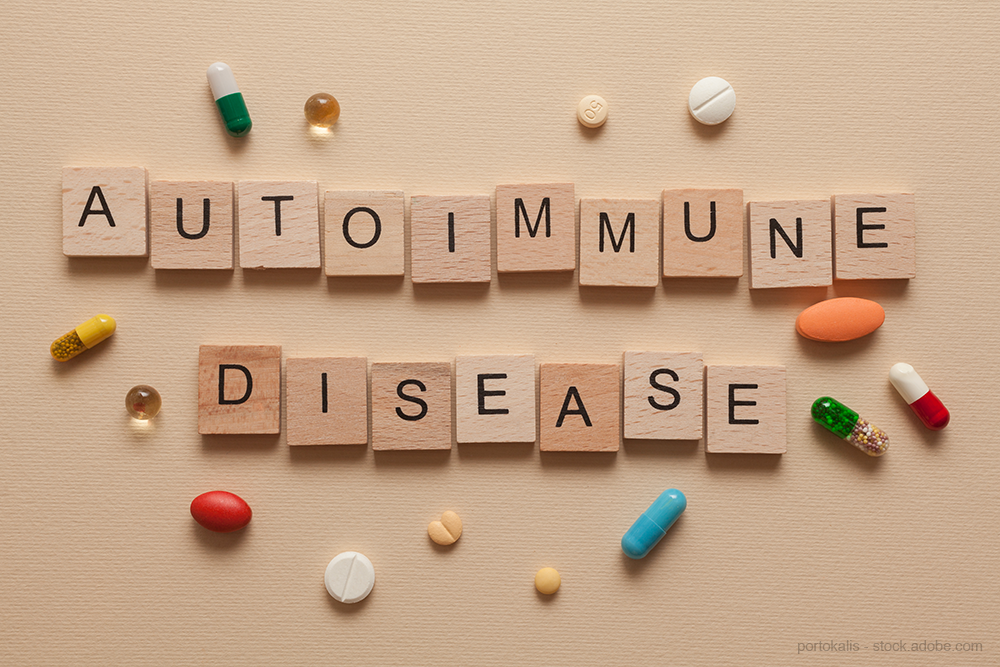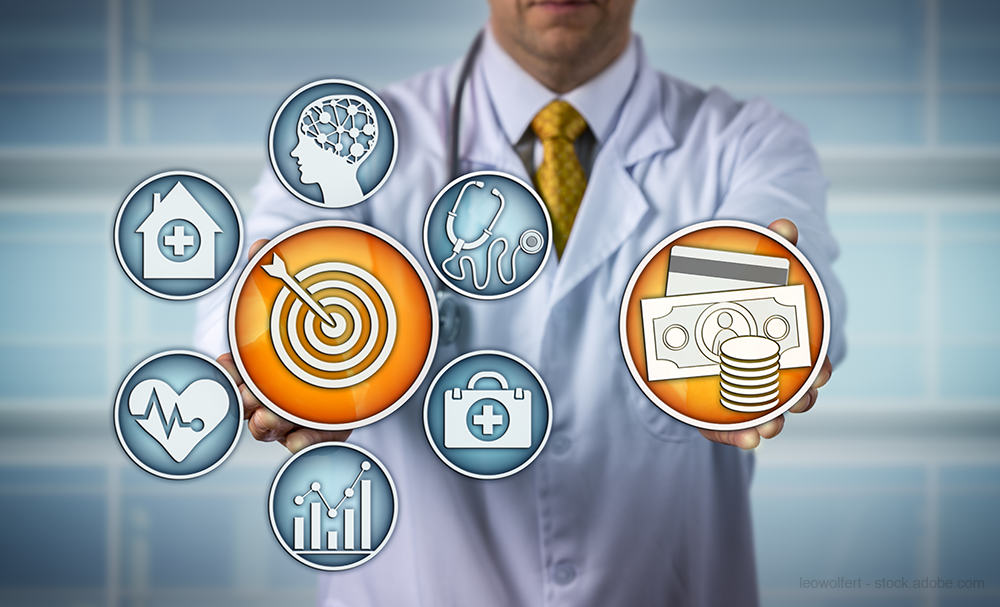Peptic Ulcer Disease Drug Pipeline: What You Need to Know
The current and future treatments for the $10 billion condition.

According to the American Academy of Family Physicians (AAFP), peptic ulcer disease (PUD) is a problem of the gastrointestinal tract characterized by mucosal damage secondary to pepsin and gastric acid secretion. The two most common types of peptic ulcers are gastric ulcers, located in the stomach, and duodenal ulcers, found in the proximal duodenum. Epigastric pain is the most common symptom of PUD, but other possible manifestations include dyspepsia, heartburn, and chest discomfort. Examples of symptoms that warrant prompt referral to a gastroenterologist include bleeding, anemia, unexplained weight loss, and recurrent vomiting.
According to AAFP, the annual direct and indirect healthcare costs of peptic ulcer disease are estimated at about $10 billion.
“The current treatment regimen of antibiotics and stomach acid reducers, like PPIs are fairly inexpensive and covered by most insurance plans. The prices vary but overall are very affordable,” says Megan Harrington, PharmD, clinical staff pharmacist at CompleteRx. “The higher costs stem from unrecognized symptoms that progress to hospitalizations or surgical intervention.”
Related article: Top 9 Most Exciting Drugs in the 2019 Pipeline
The most common causes of PUD in the U.S. are infection with Helicobacter pylori (H. pylori) and the use of nonsteroidal anti-inflammatory drugs (NSAIDs). According to AAFP, H. pylori bacteria adhere to the gastric mucosa and result in increased gastrin levels, mucus production, and mucosal bicarbonate secretion, all of which favor ulcer formation. NSAIDs cause submucosal erosions and inhibit the formation of protective prostaglandins.
The global peptic ulcer drugs market will expand at CAGR of 2.8% during the forecast period 2016-2022, according “Global Market Study on Peptic Ulcer Drugs: North America to Lead in Global Market During Forecast Period 2016 – 2022, Driven by Increasing NSAID Consumption,” published by Persistence Market Research. Surge in consumption of NSAIDs due to growing prevalence of inflammatory diseases is the major factor driving growth of the global peptic ulcer drugs market. Other trends driving growth include:
- increasing adoption of peptic ulcer drugs over surgery
- changes in disease management
- prevalence of stress ulcers due to higher smoking rates
- availability of affordable therapy due to improvement in service sector
- increasing awareness toward disease management through government campaigns
Chronic side effects associated with long-term use of peptic ulcer drugs is the major factor hampering the growth of global peptic ulcer drugs market.
Current treatments
According to the Mayo Clinic, proton pump inhibitors (PPIs) and histamine receptor blockers (H2 antagonists) are two treatments commonly used for PUD. The PPIs, like Protonix (pantoprazole), Nexium (esomeprazole), and Prevacid (lansoprazole) and the H2 antagonists, such as Zantac (ranitidine) and Pepcid (famotidine), all work by reducing stomach acid production. Additionally, cytoprotective agents, like Carafate (sucralfate) and Cytotec (misoprostol), are used to protect the lining of the stomach and small intestine from acid to decrease the formation of ulcers.
“The current standard of care for patients at risk of PUD due to H. pylori or chronic pain management through NSAIDs is to co-prescribe PPIs,” says Shital Mars, CEO of Progressive Care Inc, a personalized healthcare services and technology company based in South Florida. “PPIs like Prilosec (omeprazole) should be taken 30 minutes prior to taking an NSAID to mitigate the risk of PUD in these patients. Physicians should also consider the patient’s gastrointestinal risk and long-term side effects prior to recommending any particular NSAID treatment.”
Eradication of H. pylori greatly reduces the recurrence of peptic ulcers. According to the American Journal of Gastroenterology, H. pylori is typically treated with combinations of two or three antibiotics along with a PPI, taken concomitantly or sequentially, for periods ranging from three to 14 days. Bismuth subsalicylate may also be used in conjunction with these medications. For PUD secondary to NSAID use, the prompt discontinuation of NSAIDs is advised along with avoidance of smoking and alcohol and drug abuse.
“With the addition of treatments for reducing stomach acid and recognition of the microbiology behind peptic ulcer disease, we have seen a declining trend in patient suffering from serious illness related to peptic ulcer disease,” Harrington says.
Pipeline treatments
Currently, according to Harrington, the most promising pipeline candidates for treating acid-related conditions are in phase 3 trials in Japan and Korea. Those drugs, according to clinicaltrails.org are:
- Vonoprazan fumurate (TAK-438, Takeda)
- Tegoprazan (CJ-12420, CJ Healthcare)
If those trials in Japan and Korea are successful, the companies will submit their results to the FDA for review. The drugs could then be approved for phase 4 research and monitoring.
Vonoprazan and tegoprazan belong to a new class of acid secretion inhibitors known as potassium-competitive acid blockers (P-CABs).
According to the manufacturer, vonoprazan inhibits proton pumps without the need for activation by acid and unlike PPIs, vonoprazan is not primarily metabolized by CYP2C19, which has gene polymorphisms that may affect efficacy. The drug is a once-daily immediate-release formulation and because it does not require an optimized formulation design, like enteric coating, the onset of action does not significantly differ among patients. Vonoprazan is already approved in Japan under the brand name Takecab and is available in 10-mg and 20-mg tablets.
Tegoprazan is also a P-CAB developed for the treatment of acid-related gastrointestinal diseases such as gastroesophageal reflux disease (GERD) and peptic ulcers. Tegoprazan is already approved in Korea under the brand name K-Cab Tab. According to Korea Biomedical Review, while PPIs need three to five days to become effective, P-CAB drugs suppress gastric acid secretion within one hour of being administered.
According to a study published in the Journal of Clinical and Translational Gastroenterology, P-CABs result in very fast, competitive and reversible inhibition of proton pumps and they offer a more rapid elevation of intragastric pH than PPIs while maintaining the same degree of antisecretory effect.
Erin Johanek, PharmD, RPh, is a staff pharmacist at Southwest General Health Center, Middleburg Heights, Ohio.

David Calabrese of OptumRx Talks New Role, Market Insulin Prices and Other Topics 'On His Mind'
April 13th 2023In this month’s episode of the "What's On Your Mind podcast," Peter Wehrwein, managing editor of MHE connects with the now Chief Clinical Officer of OptumRx Integrated Pharmacies, David Calabrese. In this conversation, David touches on his transition in January as OptumRx’s former chief pharmacy officer and market president of health plans and PBMs to his new role as Chief Clinical Officer where he now focuses more on things such as specialty pharmacy to home delivery — with an overall goal of creating whole-patient care. Throughout the conversation, Calabrese also touched on the market’s hot topic of insulin prices and behavioral health services within the OptumRx community, among other topics.
Listen
Upended: Can PBM Transparency Succeed?
March 6th 2024Simmering tensions in the pharmacy benefit management (PBM) industry have turned into fault lines. The PBMs challenging the "big three" have formed a trade association. Purchaser coalitions want change. The head of the industry's trade group says inherent marketplace friction has spilled over into political friction.
Read More
Briana Contreras, editor of Managed Healthcare Executive, spoke with Nancy Lurker, CEO and president of EyePoint Pharmaceuticals. Nancy shared a bit about EyePoint and how the organization’s innovative therapies are addressing patient needs through eye care, and most importantly, she addressed C-Suite positions like the CEO role. Nancy shared advice for those seeking to reach the CEO level, especially toward women in healthcare and other roles, and what it takes to run a biopharma company.
Listen
The deliberate disconnection of Change Healthcare to ring fence a cyberattack entered its seventh day today. Prescribers are finding ways to get pharmacy claims processed, and UnitedHealth Group says disruption to the dispensing of prescriptions has been minimal. But independent pharmacies want more information and protection from financial consequences from pharmacy benefit managers.
Read More
























